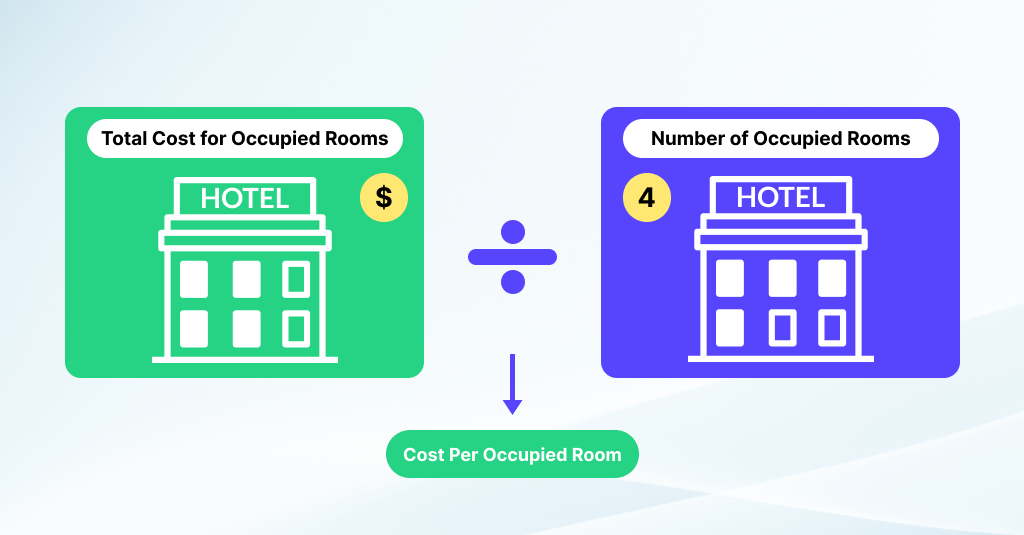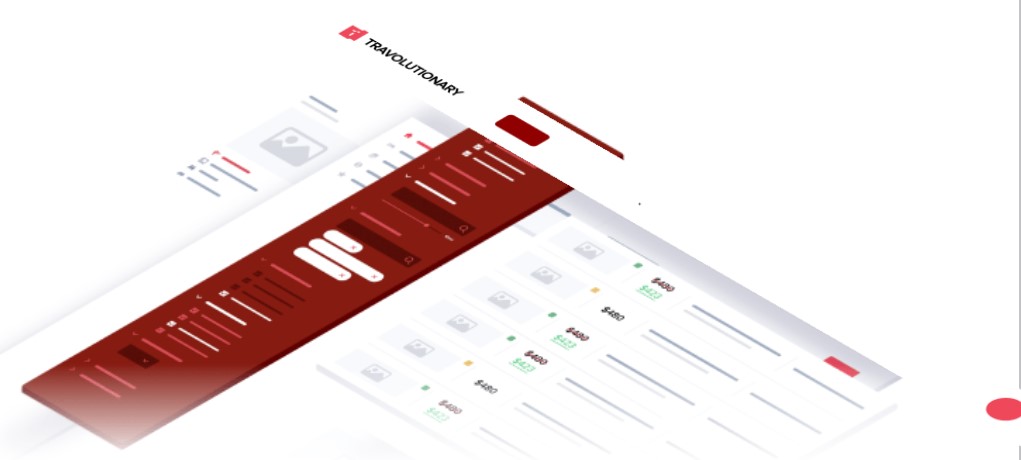What is CPOR (Cost Per Occupied Room)?
CPOR is a key performance indicator used in the travel industry to measure the average cost incurred by a hotel or lodging establishment for each room that is occupied during a specific period. This metric provides insights into the operational efficiency and cost-effectiveness of managing hotel rooms.
The Cost Per Occupied Room calculation typically includes various operational costs associated with maintaining and servicing occupied rooms. These costs may vary among different hotels.

Common Cost Components CPOR Calculation
The Cost Per Occupied Room calculation typically includes various operational costs associated with maintaining and servicing occupied rooms. These costs may vary among different hotels, but common components include:
Operational Expenses: This includes day-to-day operational costs such as housekeeping, utilities, and general maintenance specific to the rooms.
Labor Costs: The cost of staffing, including salaries and benefits for employees involved in housekeeping, front desk services, and other functions related to room occupancy.
Amenities and Services: Costs associated with providing amenities and services to guests occupying the rooms, such as toiletries, room service, and other complementary offerings.
Cleaning Supplies: Expenses related to cleaning supplies and materials used for maintaining room cleanliness.
Calculating Cost Per Occupied Room

Conclusion
Understanding CPOR is important for hotel management to assess the efficiency of their operations, optimize costs, and make informed decisions to enhance profitability. Monitoring CPOR over time can help identify trends, operational inefficiencies, or areas where cost savings can be achieved. It also provides a basis for comparing performance against industry benchmarks and adjusting pricing strategies to maintain a healthy profit margin.







